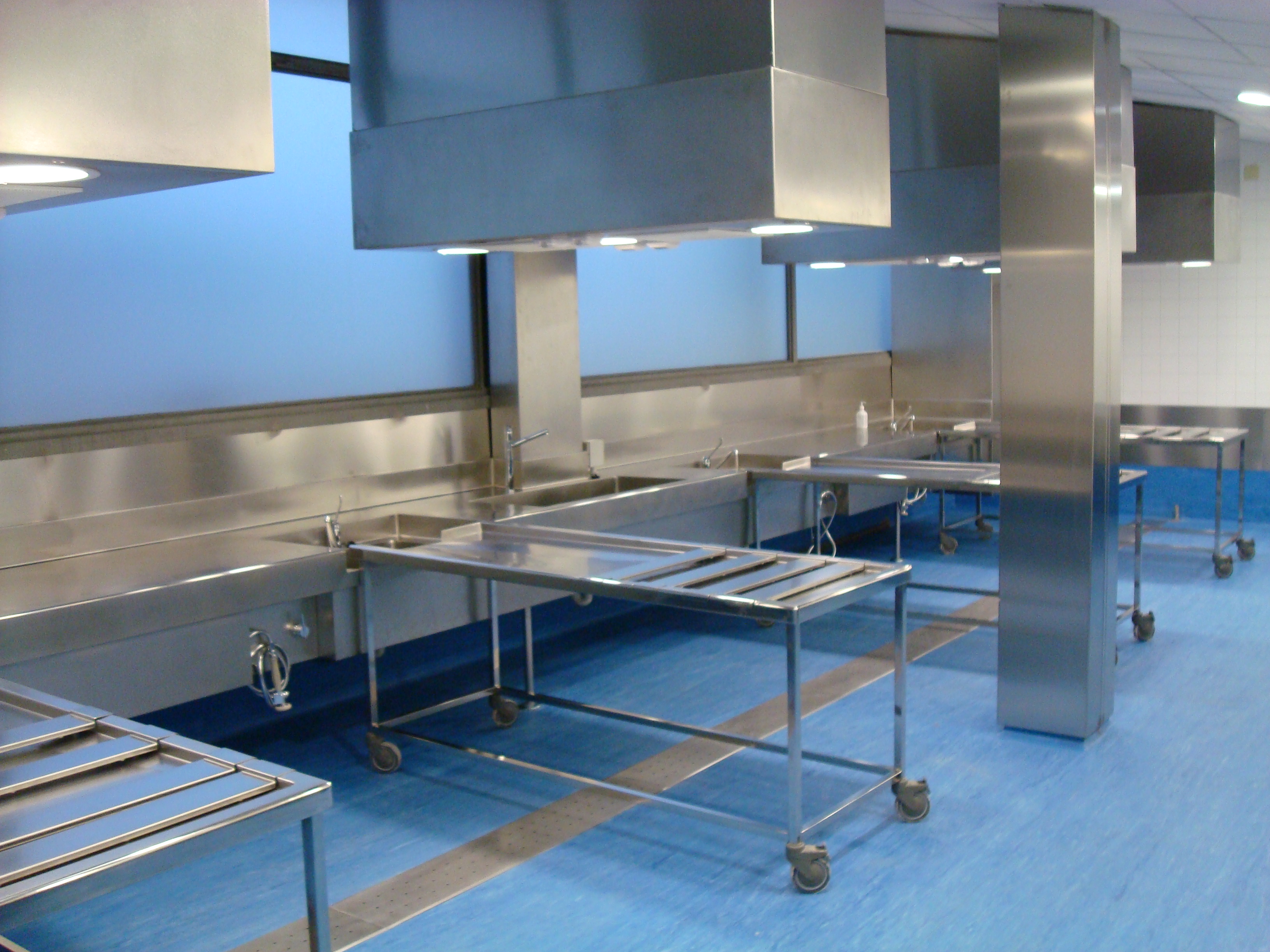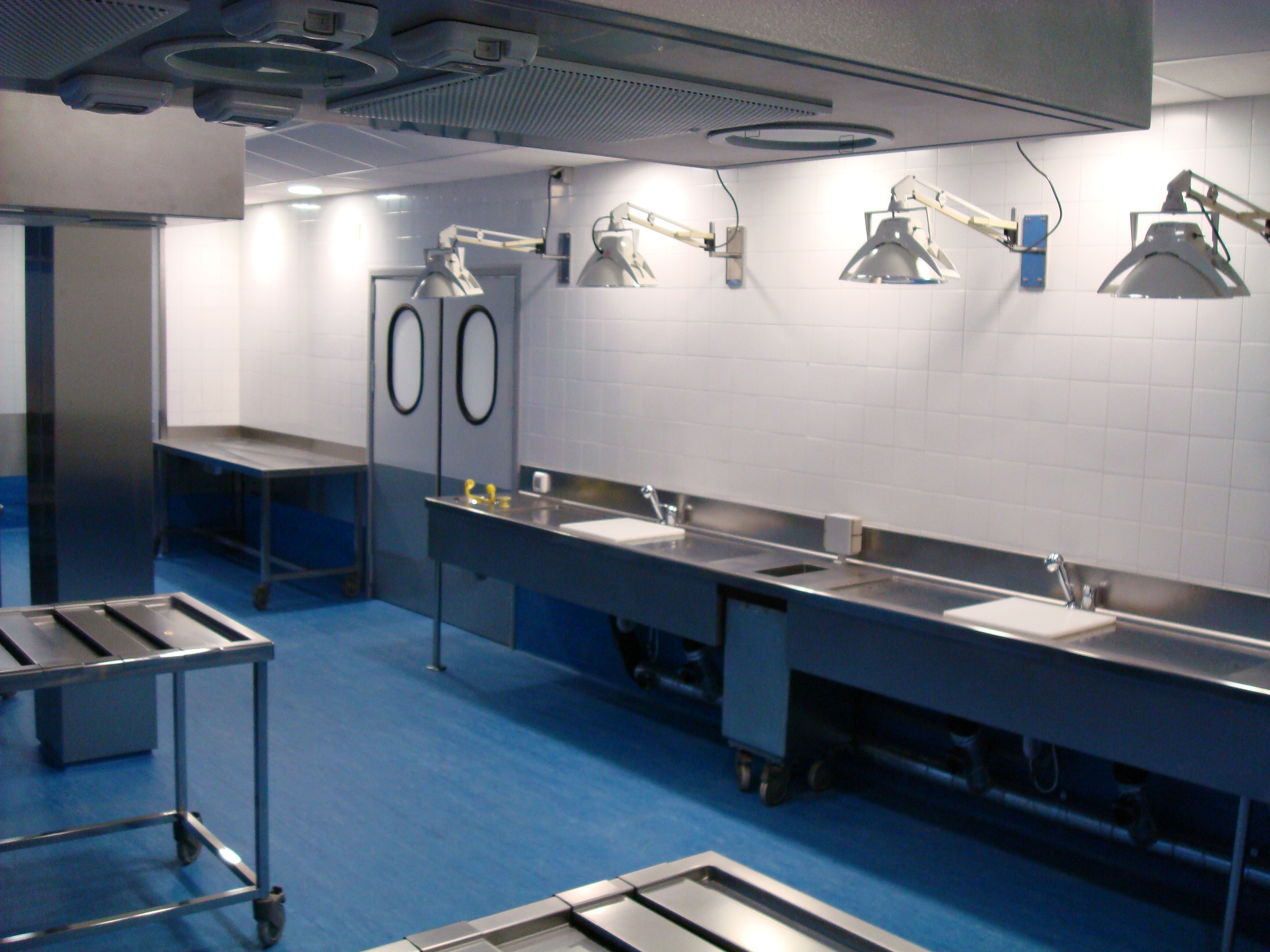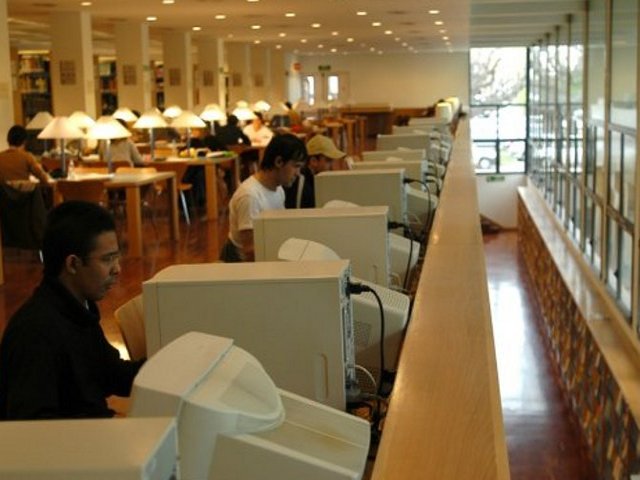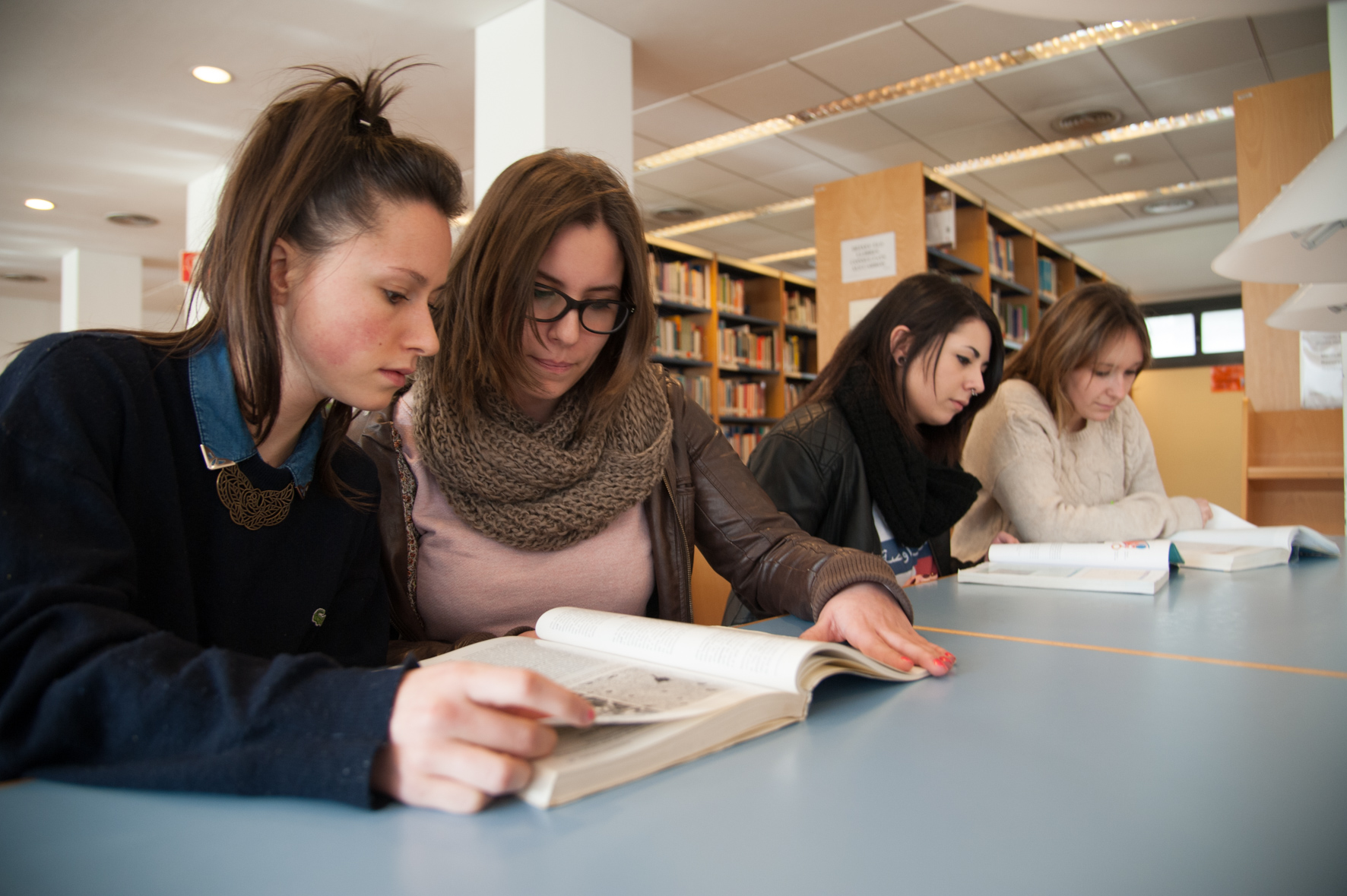Services
Download PdfThe Faculty of Medicine and the attached buildings of the Health Sciences Campus have different services:
Així mateix en el Campus de Ciències de la Salut, s'hi ubiquen alguns dels Serveis Científico tècnics de la Universitat de Lleida que donen suport als grups de recerca:
- Electronic Microscopy
- Microscopy, morphometry and microfluidometry
- Cytometer
- Proteomics and genomic services
- Cell Culture Laboratory
- Animal facilities
DISSECTION AND BONES ROOMS
The study of the anatomy is one of the most important aspects of the medical formation. Learning anatomy is fundamental for the study of human corpses. Like that, the decision of a person to donate the body for the anatomical research is considered as a vital contribution to the understanding and progress of the general medical science. The donation of the body for the research is volunteer and altruistic.
Facilities
The facilities for the learning of human anatomy of the Faculty of Medicine of Lleida are formed by: a bones room, with 6 hexagonal study tables, 4 negatoscopes, a computer projection system, Internet connection (Wi-Fi) and a blackboard. A dissection room with 3 spaces:
- Entrance and Exit area, with hang clothes and washbasin.
- Docent area, with dissection tables, a microdissecton table, negatoscopes and an audiovisual system connected to internet.
- Technical area, with all the necessary devices to prepare and store the corpses and the dissections
 |
 |
Offered activities
The activities in the dissection and bones rooms consist on:
- Human anatomy practices for the students that are studying Human Anatomy and Embryology.
- Free dissections done by students with the support of the professor of the area.
- Free dissections done by medical doctors that want to improve the knowledge in some anatomic region or learn new techniques.
To accede to these activities you have to speak with the academic staff of the unit that is responsible of the activity or directly with the dissection and bones room coordinator.
History
The dissection of corpses is one of the oldest academic resources used to learn about anatomy. The dissection tradition goes back since Hippocrates age (Greece, VI-IV BC centuries). Later it becomes a regular practice in Alexandria school (Egipt, around the III century BC), where the study of human anatomy was based on the dissection of corpses (Laín Entralgo, 2001).
Centuries after the regression and the abandon of the dissection because of religious prohibitions, this practice appears again in Europe during the ending of the Middle Age in different universities (first European universities or Generale Studium), between which is the one of Bolonya (founded in 1158). The university of Bolonya was the first one that begins with public human dissections in 1302 (Nogales-Espert, 2004). The Faculty of Medicine of the General Study of Lleida, founded on 1290 by Jaume II, was the first one of the Peninsula in the start of the dissection of corpses, from 1391 (Nogales-Espert, 2004) and the first legal autopsy (Camps and Clemente, 2001; Díaz de Terán, Rev. April 89).
The learning of anatomy in the UdL
Nowadays, the best didactic tool for learning anatomy is the dissection of corpses but the high cost of this practice and the lack of professionals force a lot of faculties to work with programs and to do practices using anatomic models. The Faculty of Medicine of Lleida has modern facilities that allow them to offer dissection practices of an excellent quality. The teaching of anatomy in Lleida includes the study of the corpses but also the study of anatomic sections and its corresponding medical pictures (tomography and resonance).
Also, in the bones room attached to the dissection room, the students have anatomic models and they can study different bones that constitute the human skeleton. This allows them to recognize the normal structure of the X-ray pictures. This space has a room-seminar design and is used for seminars, complementary formative dissection activities and practices related to the locomotor system and other systems. There is also informatics material as a complement for the anatomic study.
LIBRARY AND STUDY ROOMS
Library Jaume d'Agramunt

The Health Sciences Jaume d’Agramunt library is located in the central venue of the Faculty, in the Hospital Santa Maria. Has a surface of 725m2 and 182 reading places. Its bibliography is compound by 19700 volumes related to the medical science field, biomedicine, biotechnology, human nutrition and dietetics and nursery and 234 specialized magazines. The library offers access to the UdL catalogue, to the Collective Catalog of Catalonia Universities (CCUC) and to more than 18700 payments electronic resources and more than 1600 free electronic resources that perform the Digital Library. Of these, more than 6500 electronic magazines and more than 60 electronic resources are from the health sciences field. Also it’s offered a Documents Obtaining Service (SOD), Internet access (24 computers), digital magazines and data bases, an audiovisual room, a photocopies service and a protocol for users’ formation. The library has a reprography room and a formation users room where they have an audiovisual material section. Also, distributed around the library there are 24 computers connected to the UdL network and with Internet access.
Study Room

The faculty has 2 comfortable, illuminated and pleasant study rooms that are always full of students working in. One of these rooms is located in the central venue of the Faculty of Medicine, with a surface of 432m2 with 132 reading places and the other one, with 90 reading places, is located in the Academic Unit of the HUAV.
DINNING ROOM
Since some days the academic activities are prolonged until the afternoon, there are 2 rooms acting as dining rooms that are managed by the Students Council. In each academic unit the students have a dining room space, opened during the academic hours. In each dining room there is a microwave, tables, plastic pieces of cutlery and oil bottles to be used during the lunch time.